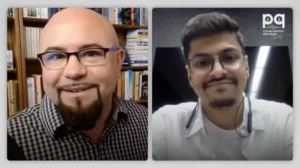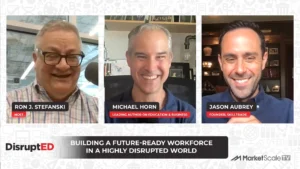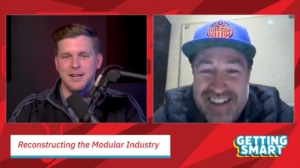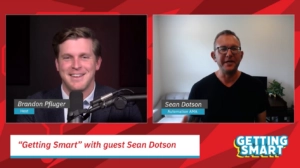THE BEST DESIGNERS UNDERSTAND THE POWER OF COLOR IN AESTHETICS AND ARE DRIVEN BY A DESIRE TO CREATE A HAVEN FOR ITS DWELLERS
As hard as it might be to imagine, colors did not always have names. Especially as we now live in a time in which organizations like the Pantone Color Institute tease out names for the various hues of any given color—like mimosa, marsala, and greenery1. Interestingly, modern color names are also closely linked to emotional cues. Because of this emotional connection, design and color have a sort of magical synchronicity, and design depends heavily on color. As such, the way a home design touches a personal element inside us is a good indicator of how well it will evoke emotions in a space.
The best designers understand the power of color in aesthetics and are driven by a desire to create a haven for its dwellers. Thus, commercial and residential designers wisely choose materials that reflect an understanding of color theory and pay careful attention to all its nuances when creating or recreating a space, and this is especially true in the kitchen, bath, and office.
HOW COLOR RESONATES WITH US
Color influences how we feel. Hues found in nature, for example, such as bright green with a bluish tint, soothes us, especially in places we might not want to be, like a school or office, which is why designers often incorporate such colors accordingly.2 While there is no universal meaning to any given color, according to Psychology Today, the color red is linked to feelings of warmth and personal attractiveness, violet is distinguished, green is creative, and blue to trustworthiness.2 And when it comes to our buying habits, consumers are heavily influenced by the color of a product.3
COLOR THEORY AND DESIGN
Color theory is both an art and a science. In essence, “It explains how humans perceive color; how colors mix, match or clash; the subliminal (and often cultural) messages colors communicate; and the methods used to replicate color.”4 Why does all this matter in the design world? It’s because these ancient notions take hold of our subconscious thoughts and feelings. And on an organic level, colors mirror our existing authentic emotions and promote new ones, which is a fundamental goal of interior design. With this in mind, designers can work with clients on a more intimate level and create a look that conveys the essence of that individual or family using color in dynamic ways.
COLORS AND MATERIALS
Aesthetics in the kitchen, bath, and office are closely connected to the materials used as well as the colors. Surfaces and tactile experiences are a primary consideration when designing these spaces, and especially with regard to surfaces. Textures combine with color and light to create and express the personal stories of a space. While color is king, the harmonious union of color and materials is critical to the ambiance of the various rooms in a home, whether the mood is tranquil or energetic. When it comes to countertops, according to Houzz.com, a pure white, off-white, or flecked white is the perfect complement to neutral shades or deep classic blues, for example, and medium tone flooring with a lighter countertop offers elegant balance to white cabinetry5. No matter what material is being used, color will also communicate the emotional power of a space.
THE HANSTONE COMMITMENT
The creative team at HanStone Quartz understands the psychology of design and the emotional impact of color, and we aim to provide the highest quality materials for the perfect aesthetic appeal of your kitchen, bath, and office space. We deliver the industry’s most comprehensive quartz and solid surfacing solutions—with an unequaled consistency of color, texture, and quality.
Check out colors from Brava Marfil and Campina to Artisan Grey and Aurora Snow with HanStone’s color portfolio here.
Read more at hanstonequartz.com
1 https://www.cnn.com/style/article/color-design-marketing/index.html
2 https://www.psychologytoday.com/us/blog/people-places-and-things/201504/the-surprising-effect-color-your-mind-and-mood
3 https://www.insightsinmarketing.com/resources/blog/how-does-color-influence-consumer-behavior
4 https://99designs.com/blog/tips/the-7-step-guide-to-understanding-color-theory/
5 https://www.houzz.com/ideabooks/89865238?utm_source=Houzz&utm_campaign=u8600&utm_medium=email&utm_content=gallery5&newsletterId=8600









